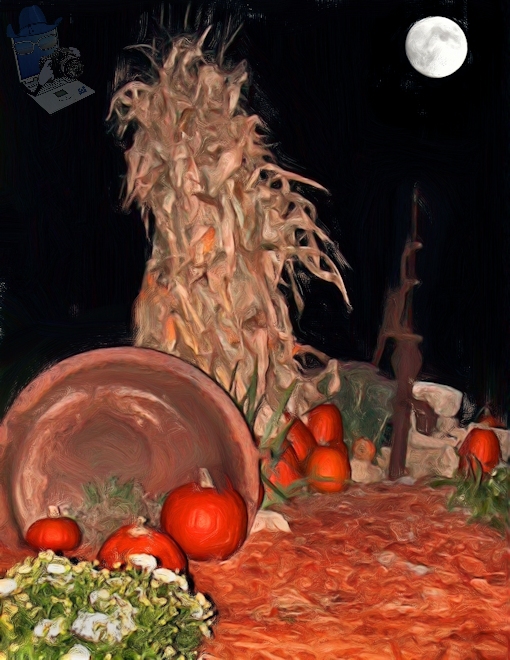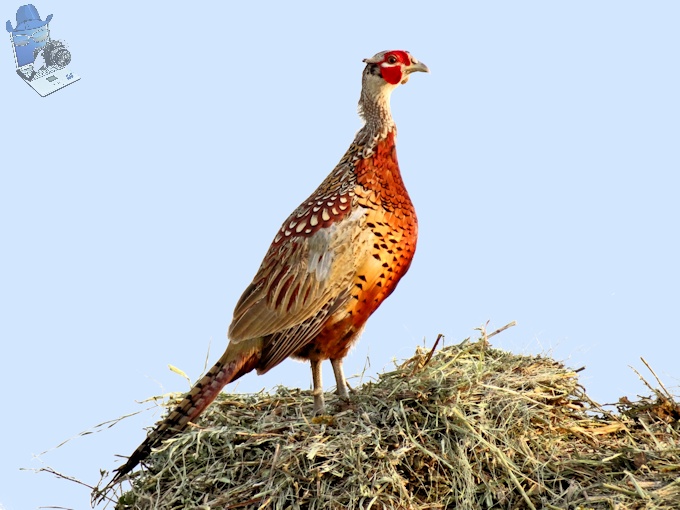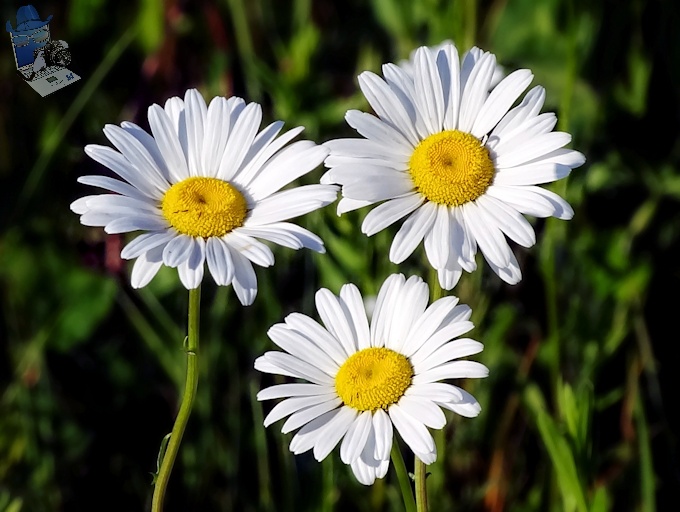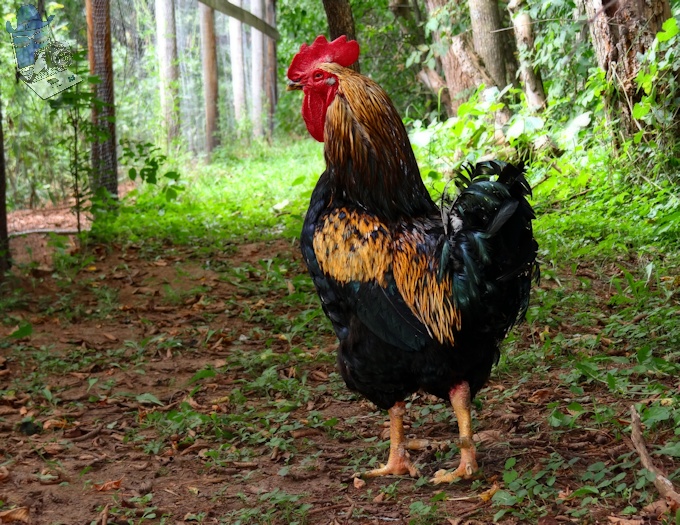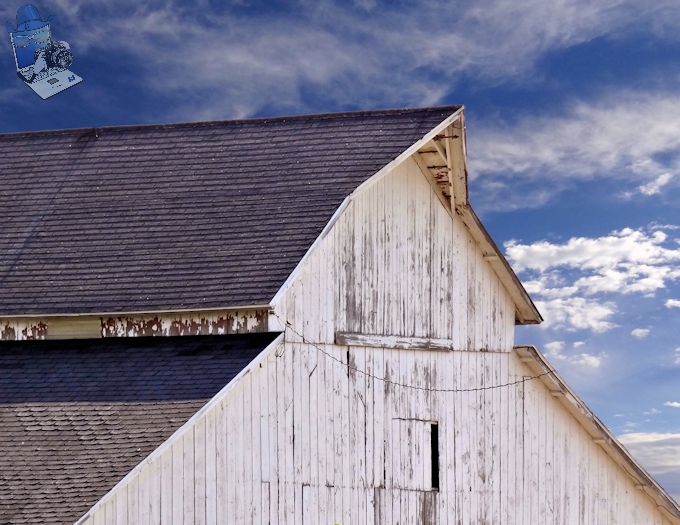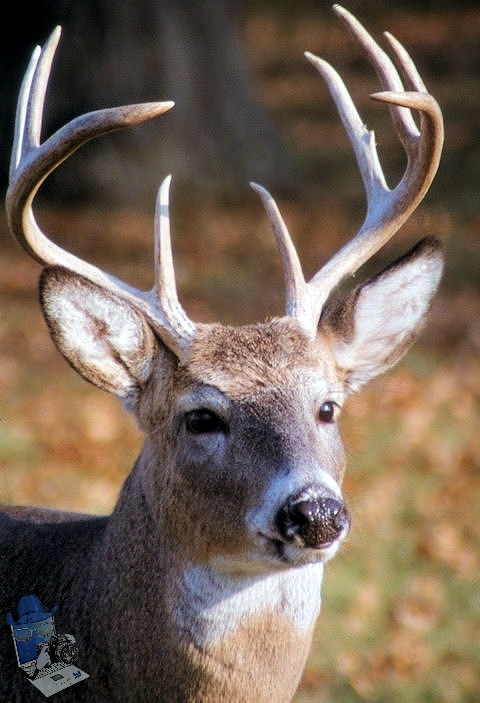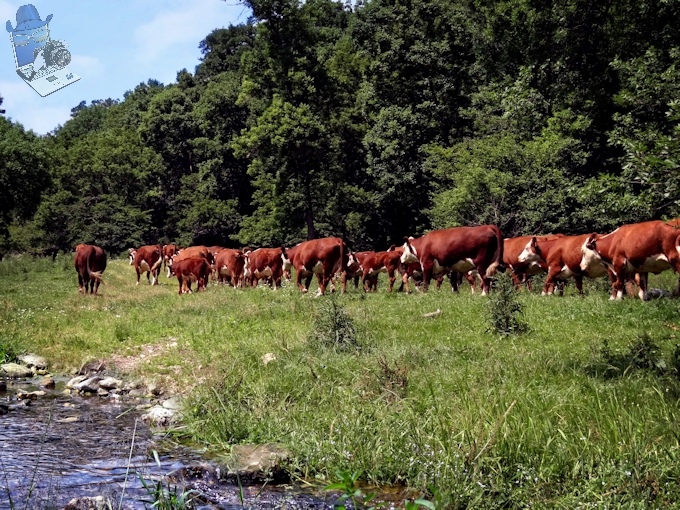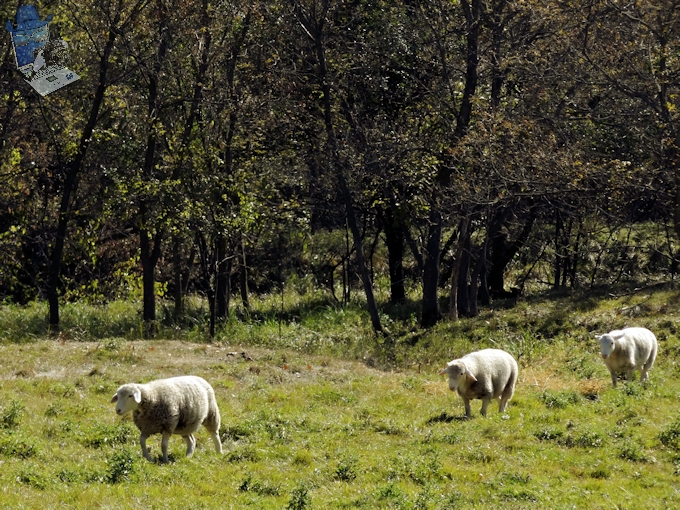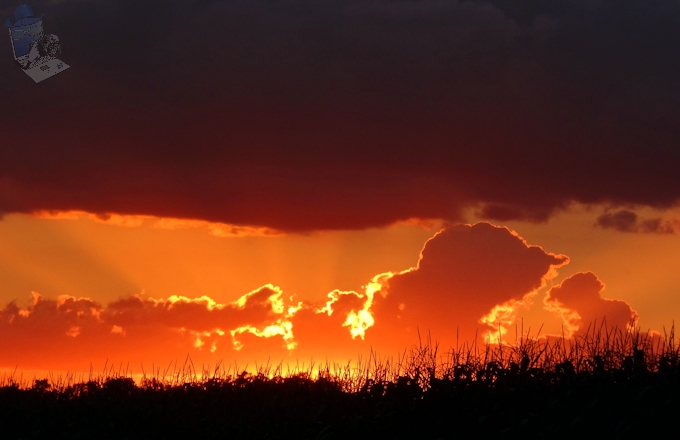The history of Thanksgiving began when Pilgrims and Native Americans gathered together to celebrate a successful harvest. The first Thanksgiving was held in the fall of 1621, sometime between September 21 and November 11, and was a three-day feast. The Pilgrims were joined by approximately 90 of the local Wampanoag tribe, including Chief Massasoit, in celebration. They ate fowl and deer for certain and most likely also ate berries, fish, clams, plums, and boiled pumpkin.
It is not certain that wild turkey was part of their feast. But it is unlikely that the first feast included pumpkin pie. The supply of flour had been long diminished, so there was no bread or pastries of any kind. However, they did eat boiled pumpkin, and they produced a type of fried bread from their corn crop. There was also no milk, cider, potatoes, or butter. There was no domestic cattle for dairy products, and the newly-discovered potato was still considered by many Europeans to be poisonous.
For more than two centuries, days of thanksgiving were celebrated by individual colonies and states. It wasn’t until 1863, in the midst of the Civil War, that President Abraham Lincoln proclaimed a national Thanksgiving Day to be held each November.
Edward Winslow’s account of the 1621 Thanksgiving in a letter dated December 12, 1621. Our corn [i.e. wheat] did prove well, and God be praised, we had a good increase of Indian corn, and our barley indifferent good, but our peas not worth the gathering, for we feared they were too late sown. They came up very well, and blossomed, but the sun parched them in the blossom. Our harvest being gotten in, our governor sent four men on fowling, that so we might after a special manner rejoice together after we had gathered the fruit of our labors. They four in one day killed as much fowl as, with a little help beside, served the company almost a week. At which time, amongst other recreations, we exercised our arms, many of the Indians coming amongst us, and among the rest their greatest king Massasoit, with some ninety men, whom for three days we entertained and feasted, and they went out and killed five deer, which they brought to the plantation and bestowed on our governor, and upon the captain and others. And although it be not always so plentiful as it was at this time with us, yet by the goodness of God, we are so far from want that we often wish you partakers of our plenty.
Happy Thanksgiving!
